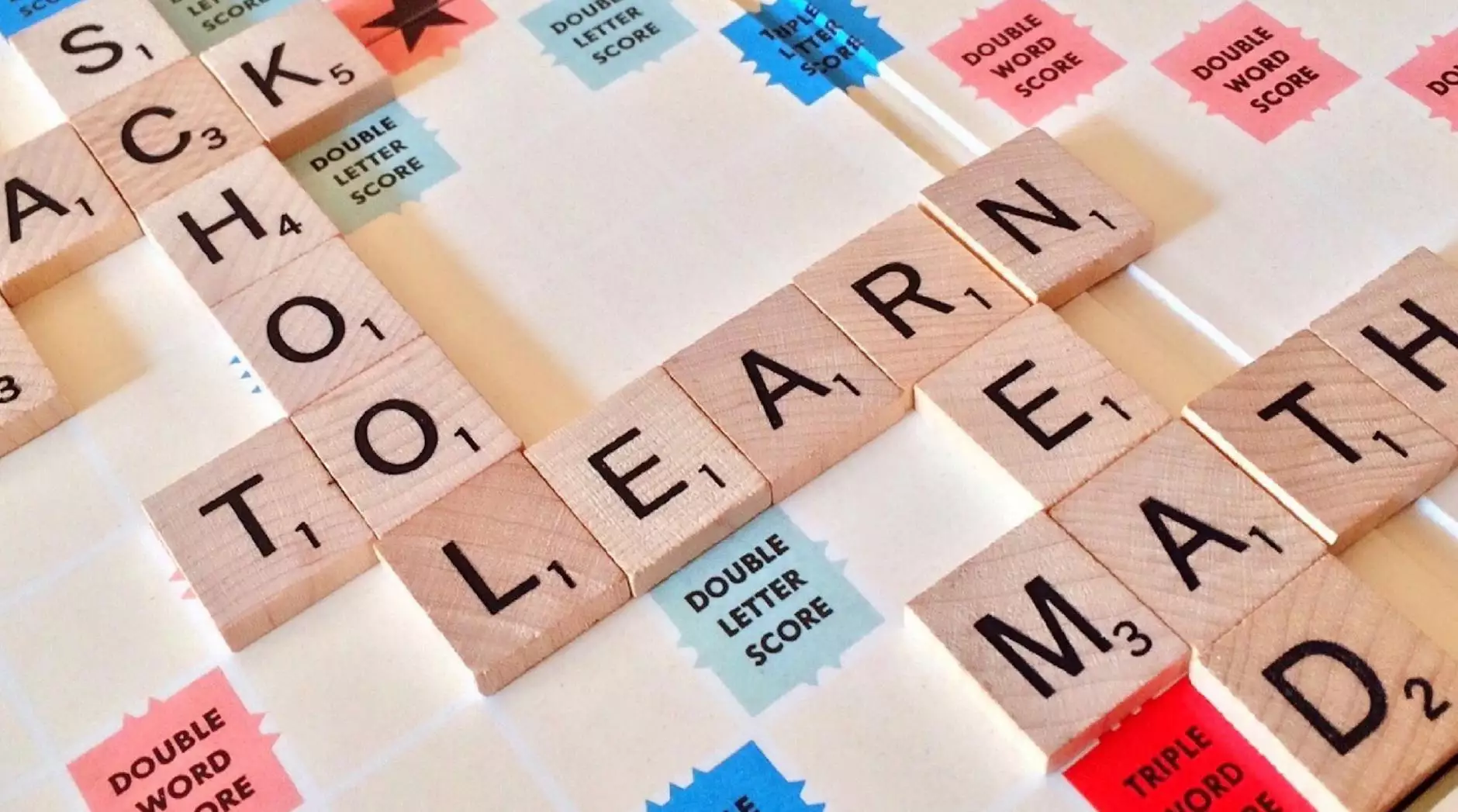Learn English Vocabulary – Lay vs. Lie
English Grammar Lessons
Understanding the Difference between Lay and Lie
Mastering the usage of lay and lie can be a challenge for non-native English speakers. These two verbs have similar meanings but are used in different contexts. In this free English lesson by NJCLT, we will dive deep into understanding the difference between lay and lie, providing comprehensive explanations and helpful examples.
The Definitions and Common Usages of Lay and Lie
Before we explore the intricacies of using these verbs correctly, let's establish their basic definitions.
- Lay: To place or put something down in a flat position.
- Lie: To recline or be in a resting position.
Understanding the proper usage of lay and lie is crucial for clear and effective communication. Here, we will discuss the various scenarios in which they are commonly used.
Using Lay and Lie in Present Tense
When talking about the present, there are specific guidelines for using lay and lie correctly.
Using Lay
The verb "lay" requires an object; you are placing something down.
Example: Sarah lays the book on the table.
Remember, "lay" is the present tense form of the verb, while "laid" is used in the past tense, and "laid" is also used as the past participle.
Using Lie
The verb "lie" does not need an object; it describes a person or thing's resting position.
Example: The cat lies lazily in the sun.
Similar to "lay," "lie" has distinct forms for past tense and past participle - "lay" and "lain."
Using Lay and Lie in Past Tense
Understanding the past tense forms of lay and lie is essential for using them accurately in written or spoken English.
Using Laid
Laid is the past tense form of the verb "lay."
Example: She laid the baby gently in the crib.
Using Lay and Lain
Lie, on the other hand, has distinct forms for past tense and past participle.
Example: He lay on the bed all day. The books have been lain on the shelf for months.
Common Mistakes and Tips to Remember
Confusion between lay and lie is a common stumbling block for English learners. Here are some tips to help you remember the proper usage:
- Remember that "lay" requires an object, while "lie" does not.
- Practice using both verbs in different tenses to familiarize yourself with their correct forms.
- Pay attention to the context in which the verbs are used to determine which one is appropriate.
- Consult a reliable grammar guide or take an English course to deepen your understanding of these words.
Increase Your English Proficiency with NJCLT
Mastering the English language takes time and practice. NJCLT is dedicated to helping learners like you improve their language skills. With our free English lesson, you can confidently navigate the complexities of lay and lie.
Visit our website regularly for more engaging content and valuable resources to enhance your English proficiency. Happy learning!










